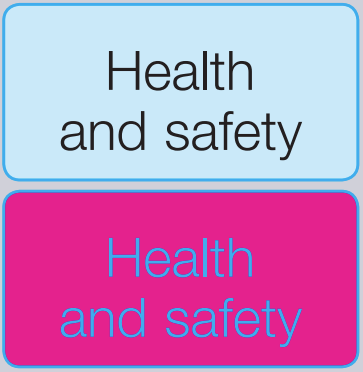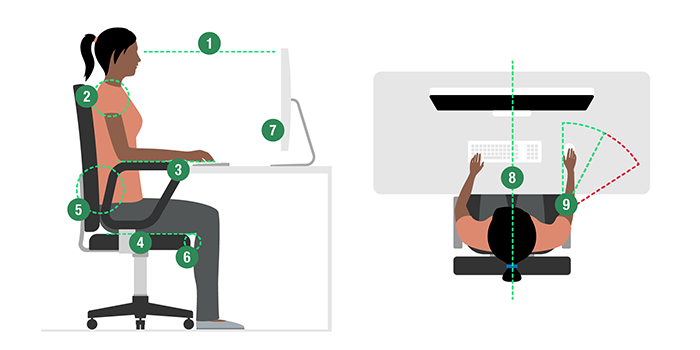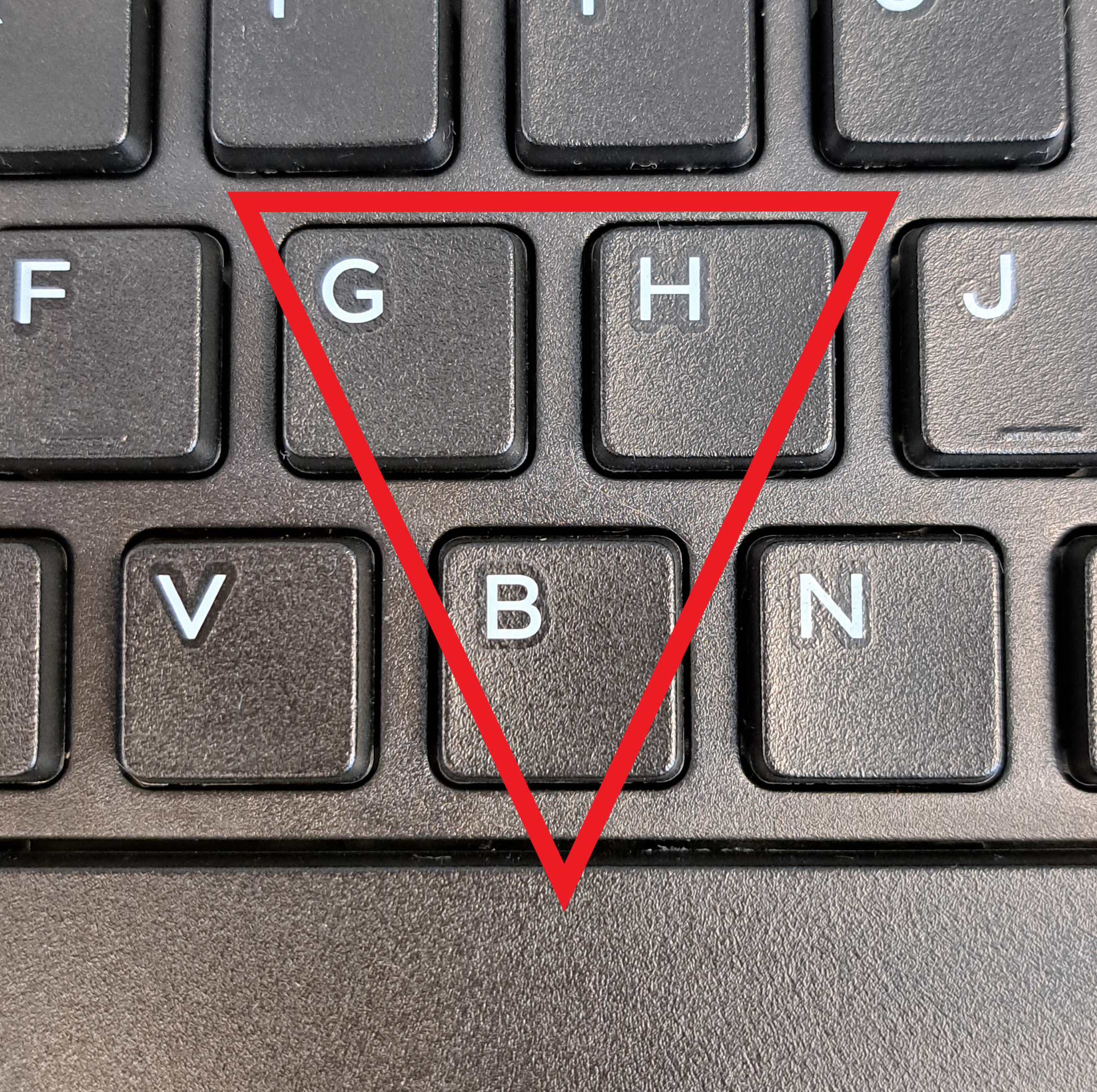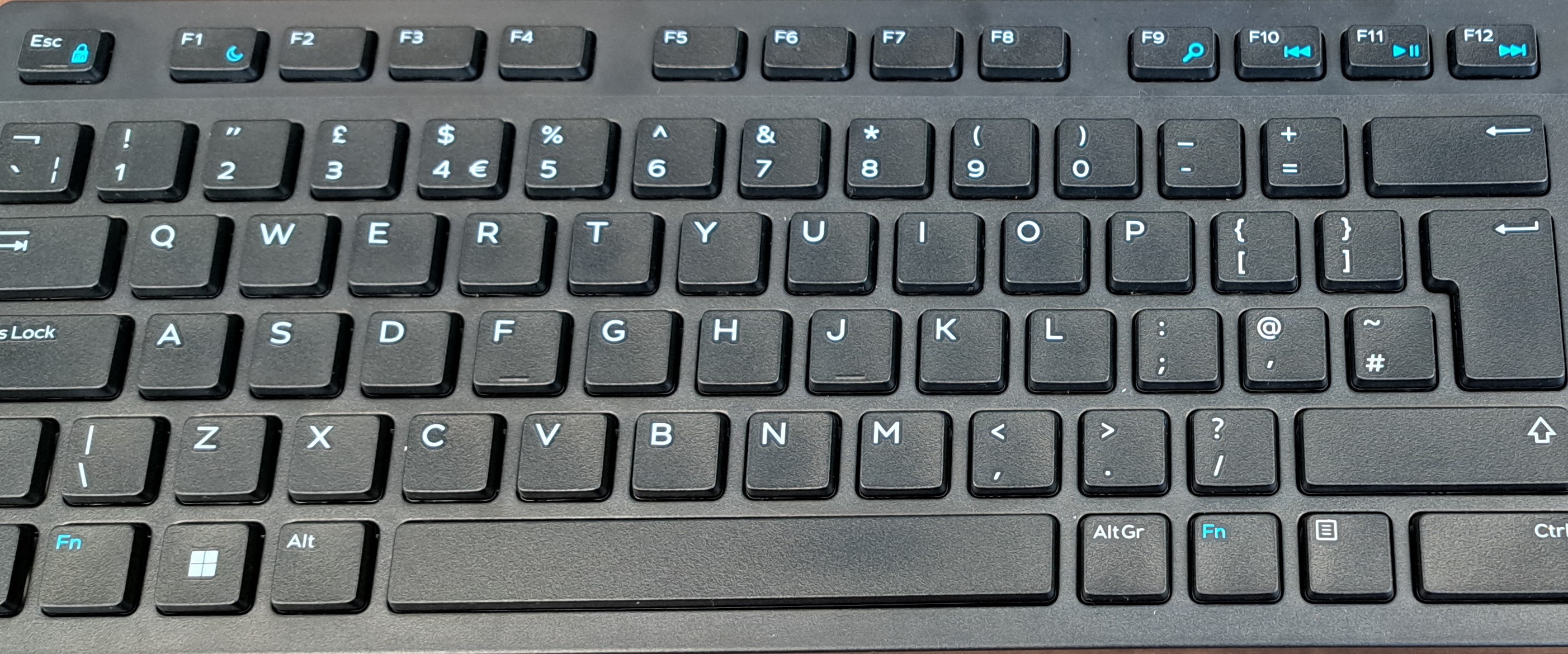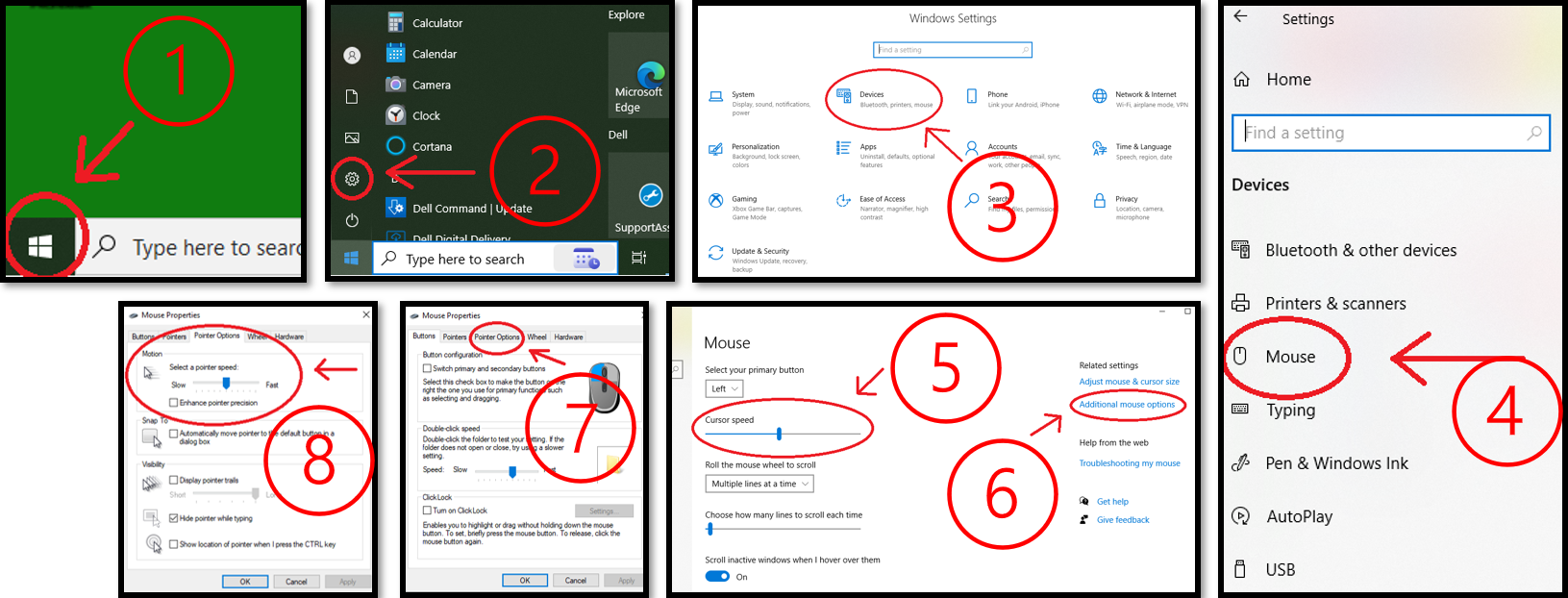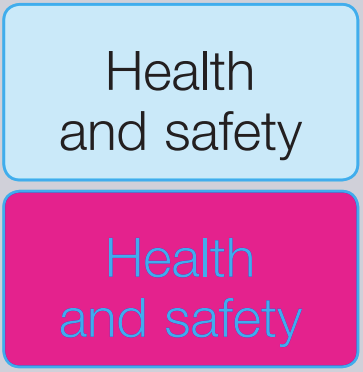Title Page
-
Conducted on
-
Completed by
Assessment
Keyboards
-
See positions 3 & 8: Ensure the keyboard is just below elbow height, and that the keyboard is central to yourself and the display - don't twist your back.
-
Is the keyboard seperate from the screen
-
Is the device portable (Laptop, Tablet, Etc)?
-
Does the keyboard tilt?
-
Is it possible to find a comfortable keying position?
-
Try pushing the display screen further back to create more room for the keyboard, hands, and wrists. Ensure the G, H, B keys are central to your body, wrists and forearms straight while typing, with elbows bent at roughly 90 degrees.
-
Is it now possible to find a comfortable keying position?
-
Does the user have good keyboard technique?
-
Ideally, wrists should remain straight and users shouldn't have to overstretch their fingers while typing.
-
Do your wrists bend, or fingers overstretch while using the keyboard?
-
Example image of a keyboard with clear and readable characters. There should be minimal to no damage or fading to the characters.
-
Are the characters on your keyboard clear and readable?
Mouse, trackball etc
-
See position 9: Ensure the mouse is in line with your elbow.
-
Is the device suitable for the tasks it is used for?
-
Is the device positioned close to the user?
-
Is there support for the user's wrist and forearm?
-
Ensure that your mouse mat is clean and clear of debris, and there are no obstructions to the laser on the bottom side of the mouse.
-
Does the device work smoothly at a speed that suits the user?
-
To adjust the software settings for pointer speed: 1. Windows Key, 2. Settings, 3. Devices, 4. Mouse, 5. Adjust Slider to Change Pointer Speed, 6. Additional Mouse Options, 7. Pointer Options, 8. Adjust Slider to Change Pointer Speed, Checkbox to Switch On/Off Pointer Precision.
-
Can the user easily adjust software settings for speed and accuracy of pointer?
Display Screens
-
If you are not viewing this image on your DSE, please open the below image on your DSE by going to Shared Data>Health & Safety>DSE
-
Are the above characters clear and readable?
-
Follow the previous steps to Settings, then Display. Adjust the text size of your DSE to your preferred level.
-
Is the text size of your DSE comfortable to read?
-
Is the image stable & free of flicker and jitter?
-
Is the screen's specification suitable for its intended use?
-
Is the brightness and/or contrast adjustable?
-
Does the screen swivel and tilt?
-
Is the screen free from glare and reflections?
-
Are adjustable window coverings provided and in adequate condition?
Software
-
Is the software suitable for the task?
Furniture
-
Is the work surface large enough for all the necessary equipment, papers etc?
-
Can the user comfortable reach all the equipment and papers they need to use?
-
Are surfaces free from glare and reflection?
-
Is the chair suitable & stable?
-
Does the chair have a working seat back height and tilt adjustment?
-
Does the chair have a working seat height adjustment?
-
Does the chair have castors or glides?
-
Is the chair adjusted correctly?
-
Is the small of the back supported by the chair's backrest?
-
Are forearms horizontal and eyes at roughly the same height as the top of the DSE?
-
Are feet flat on the floor, without too much pressure from the seat on the backs of the legs?
Environment
-
Is there enough room to change position and vary movement?
-
Is the lighting suitable, eg not too bright or too dim to work comfortably?
-
Does the air feel comfortable?
-
Are the levels of heat comfortable?
-
Are the levels of noise comfortable?
In Closing
-
Has this checklist covered all the problems you may have working with your DSE?
-
Please detail any other concerns you have regarding your DSE.
-
Have you experienced any discomfort or other symptoms attributed to working with your DSE?
-
Please detail any discomfort/symptoms you have experienced.
-
In accordance with the Health and Safety (Display Screen Equipment) Regulations 1992, employers must pay for eyesight tests for DSE users if they request one, and pay for glasses if it is determined that special glasses are required specifically for DSE use.
-
Please ensure that you take regular breaks away from your DSE, regular short breaks are typically more effective for reducing risks related to DSE use compared to longer infrequent breaks. 5-10 minute breaks every hour is recommended.
